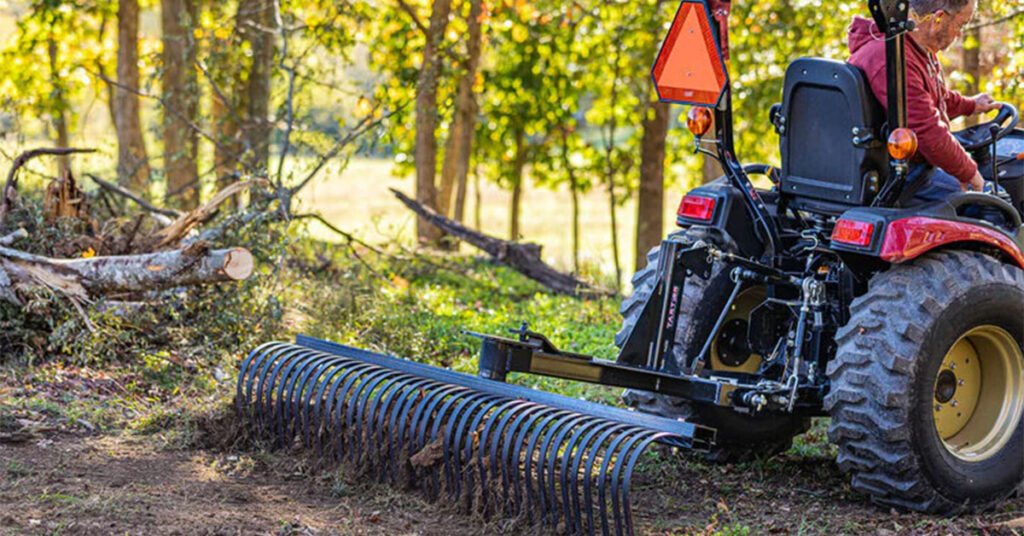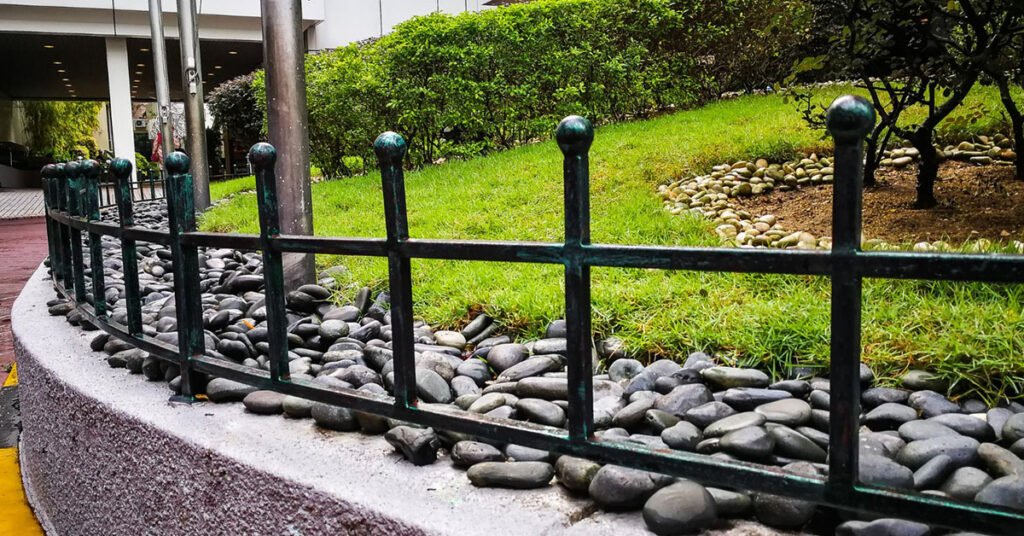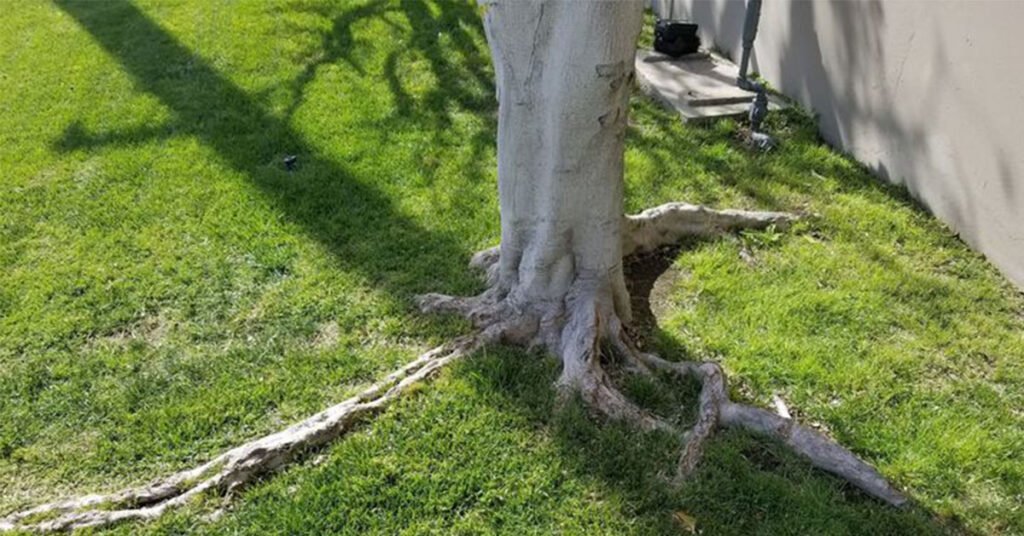If you’re just starting out in this vibrant industry, you’re likely eager to learn the ropes and get your hands dirty. One essential tool you’ll encounter on your journey is the landscape rake. In this guide, we’ll walk you through on how to use a landscape rake, from its basic components to practical tips for achieving professional results.
What is a Landscape Rake
A landscape rake, also known as a rock rake or soil rake, is a versatile tool designed to level, grade, and remove debris from the soil surface. It typically consists of a sturdy frame with tines or teeth attached, which can be adjusted to different angles for various tasks.
How to Use a Landscape Rake
The following are the best tips on how to use a landscape rake.
Preparation
Before you begin using a landscape rake, it’s essential to prepare the area you’ll be working on. Clear any large debris such as rocks, branches, or sticks from the surface to prevent damage to the rake or obstruction during the process. Additionally, take note of any uneven areas or slopes that may require special attention during raking.
Leveling
Leveling is a fundamental task in landscaping, and the landscape rake is your go-to tool for achieving smooth, even surfaces. Start by positioning the rake at a slight angle to the ground and make smooth, sweeping motions across the area you wish to level.
Focus on distributing soil evenly and filling in low spots while removing excess material from high spots. For precise leveling, consider using a long-handled landscape rake with adjustable tines.
Grading
Grading involves shaping the land to achieve optimal drainage and soil compaction, whether you’re preparing a garden bed, leveling a lawn, or constructing a driveway. Use the landscape rake to distribute soil evenly across the surface, creating gentle slopes and contours as needed.
Pay attention to the natural topography of the land and adjust your grading technique accordingly. For more significant grading projects, you may want to use a tractor-mounted landscape rake for efficiency and precision.
Removing Debris
In addition to leveling and grading, a landscape rake can also be used to remove debris such as leaves, grass clippings, and small rocks. Simply rake the debris into neat piles for easy disposal or composting. Pay special attention to areas near trees, shrubs, and other landscaping features where debris tends to accumulate.
Regular debris removal not only improves the appearance of the landscape but also promotes healthy plant growth and reduces the risk of pests and diseases.
Tips for Success
To make the most of your landscape raking efforts, keep these tips in mind:
Take Your Time
Rushing through the raking process can lead to uneven results and missed spots. Take your time and work methodically to achieve a professional finish. Start with the larger areas and gradually move to smaller sections, paying attention to detail along the way.
Adjust as Needed
Don’t be afraid to experiment with different angles and techniques to find what works best for the task at hand. For example, you may need to adjust the angle of the rake or the pressure applied to the handle depending on the soil type, moisture level, and terrain.
Maintain Your Equipment
Regularly inspect and maintain your landscape rake to ensure optimal performance and longevity. Clean the tines after each use to prevent soil buildup and rust, and lubricate moving parts as needed.
Replace any worn or damaged parts such as tines, bolts, or handles to keep your rake in top condition.
Read More: How to Measure for Landscape Rock
Conclusion
You’ve taken the first step towards mastering the art of landscape raking. By understanding the basics of using a landscape rake and practicing the techniques outlined in this guide, you’ll be well on your way to creating beautiful outdoor spaces with confidence and skill.
Remember, practice makes perfect, so don’t be discouraged if your first attempts aren’t flawless. With time and experience, you’ll develop the expertise to tackle any landscaping challenge that comes your way.



